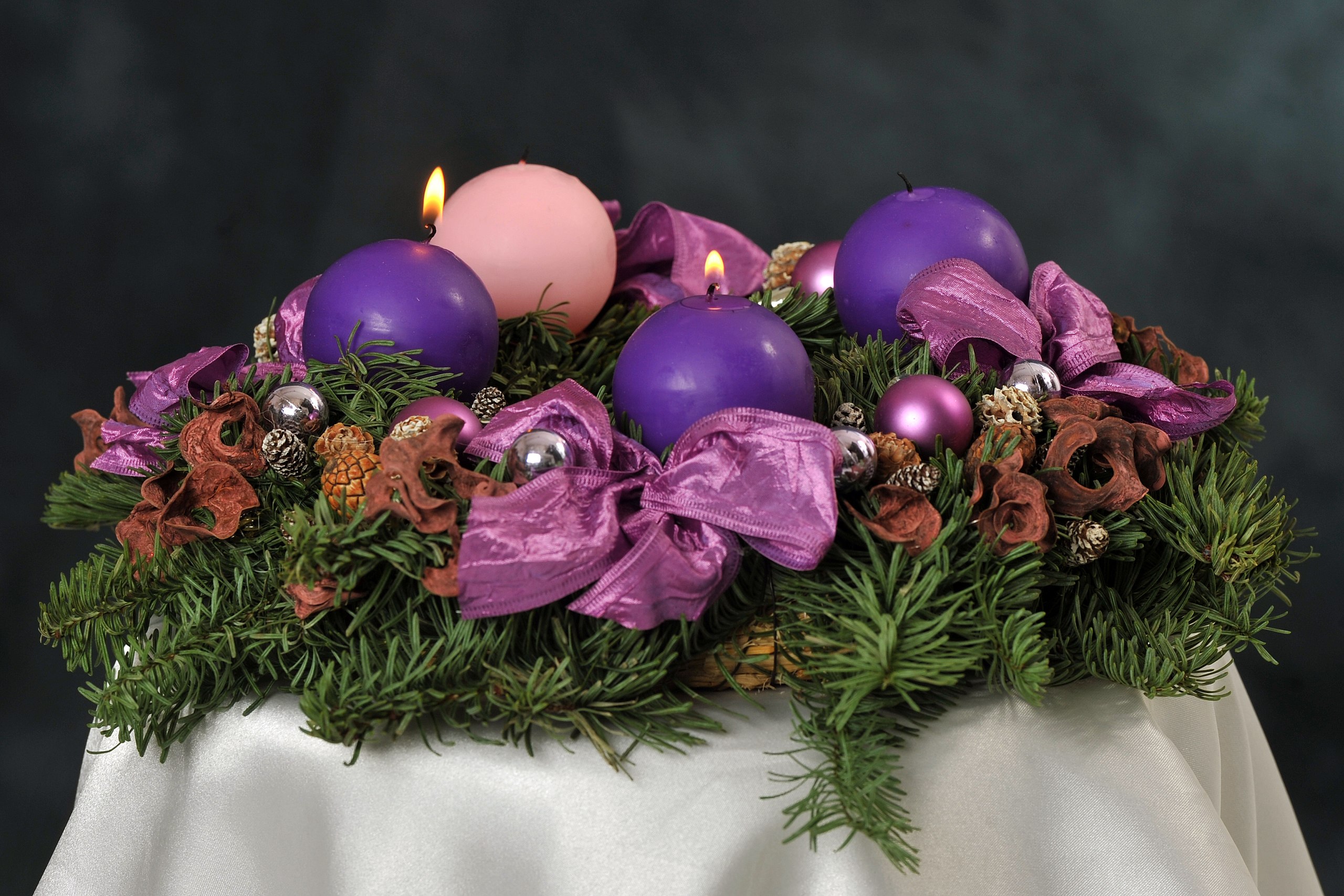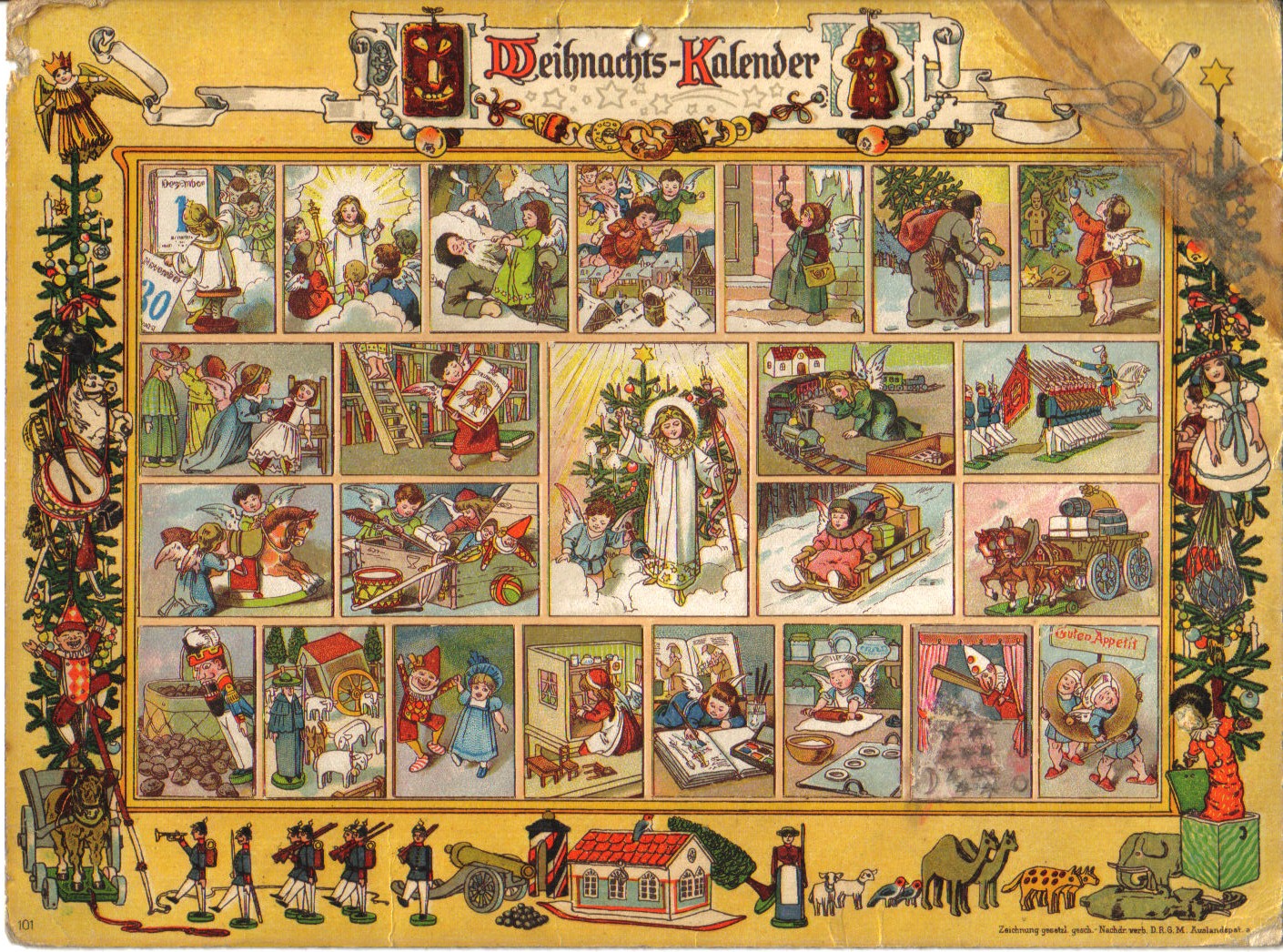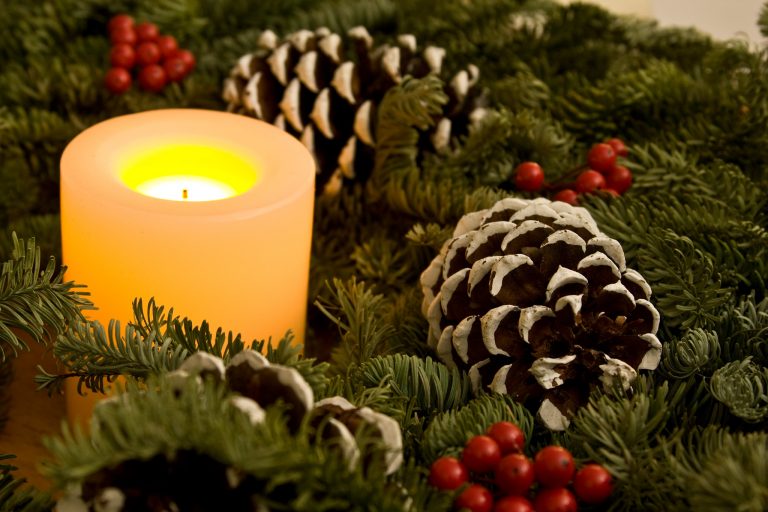During a season filled with shopping, lights, decorations, and joyful songs, Christians all across the globe are peacefully preparing themselves by following a pious custom known as “Advent.” The four weeks leading up to the Christmas Season are full of expectation, of anticipation, of preparation, and longing; the spirit of Advent.
Every year, Advent begins on the fourth Sunday before Christmas, or the closest Sunday to St Andrew’s Day (Nov. 30), and ends on Christmas Day (Dec. 25). Advent can start on any day from Nov. 27 to Dec. 3.
While the primary reason for the tradition is to commemorate the birth of the Christ child in Bethlehem 2,000 years ago, it also refers to the “second coming,” when Jesus Christ is thought to be returning to serve as both judge and ruler on the Day of Judgment.
Advent is also commemorated in various ways by different Christian denominations. The Nativity Fast is a time of penance and abstinence in the Eastern Churches. During the 40-day Nativity Fast, they proclaim and glorify Jesus Christ and his incarnation.

Traditions in the Spirit of Advent
The Advent wreath, bright and cheerful, is a combination of tradition and symbolism. With its round design, the garland represents perfection, unity, and the warm, eternal sun. The wreath is made of evergreens. Pine, holly, and yew represent immortality; cedar symbolizes strength and healing.
Success
You are now signed up for our newsletter
Success
Check your email to complete sign up
Holly has Christian symbolism: the prickly leaves recall the crown of thorns, and an English tradition says the cross was built of holly. Wreath decorations such as pine cones and seed pods represent life and resurrection.
Traditionally, the Advent wreath holds candles which are lit around dinner time, after the blessing of the mea. A new candle is lit each Sunday of Advent, each symbolizing a different virtue. The first candle, usually purple, symbolizes hope, the second, also purple, symbolizes faith. The third candle is pink, and symbolizes joy; the fourth is purple and symbolizes peace, and the final candle is white, symbolizing purity, and is lit on Christmas Day.
This family custom encourages believers to maintain vigilance in their homes and never lose sight of the genuine spirit of the Christmas season.
While many families erect a Christmas tree directly after Thanksgiving, the nature of the adorned and lighted tree is festive, and not exactly in the spirit of Advent. Traditionally, an evergreen was set up on Christmas Eve, with gifts piled underneath.

Advent Calendars
Another tradition used to measure the time preceding Christmas is the Advent calendar, an engaging display of the days in the month of Advent. Advent calendars can be as simple as a pictorial poster with small daily windows that open up to a new illustration or verse, to an ornate display with a small treasure inside each window. In 2010, jewelers created the most costly calendar in the world. Produced in Belgium, its surprises included a collection of diamonds and silver valued at $3.3 million.
Throughout the month, the window for each day is opened, revealing the secret image or surprise inside, which often includes a piece of candy. The final window is opened on either Christmas Eve or Christmas Morning.
A lesser known advent tradition is lighting a Christingle, a custom that originated in 18th century Germany and was first popularized in England in 1968. A Christingle is an oddity formed of orange impaled with a lit candle and cocktail sticks topped with candy. The name Christingle may be derived from a mix of the words “Christmas” and “ingle,” an old Scottish word that means “fire.”
Hymns
Because most Christmas carols are of a celebratory nature, some Chistians feel that it is inappropriate to sing them during this time of anticipation. The accepted tradition is to sing hymns that reflect Advent as a time of preparation, saving the celebration of Christ’s birth until the Christmas Season has begun, on Christmas Day.
Martin Luther, the famous German professor of theology best known for his role in the Protestant Reformation, was also a hymn composer and lutist. “Music is God’s greatest gift,” he said. A 4th century Advent hymn called Savior of the Nation, Come (Nun Komm der Eiden Heiland,) is attributed to the “Father of Latin Hymnody,” Ambrose of Milan. Martin Luther translated the hymn into German in 1523, and William M. Reynolds translated Luther’s German into English in 1880. The melody comes from one of Luther’s hymn collections, Enchiridia, in 1524.
O Come, O Come, Emmanuel (Veni, Veni, Emmanuel) is another well-known advent hymn that has its roots in the 8th or 9th century monasteries, where the monks would sing O Antiphons in the days before Christmas. The metrical form was composed in Latin around the 12th century, paraphrasing the chanted scriptures.
Christmas Day is the start of the actual “Christmas season,” when the celebration is to begin. “The Twelve Days of Christmas” is believed to be an English Christmas carol with a hidden layer of meaning. From 1558 until 1829, Roman Catholics in England were not permitted to practice their faith openly, so this song was a way to secretly pass on the ideology of Christianity.
The song continues over the twelve days that comprise the Christmas season – Dec. 25 to Jan. 6, the day before Epiphany. Each day marks a new gift, with the first being a partridge in a pear tree, and the last being twelve drummers drumming. Each gift symbolizes a different aspect of the faith, with the partridge representing Jesus.
I heard the bells on Christmas Day
Their old, familiar carols play,
And wild and sweet
The words repeat
Of Peace on Earth, goodwill to men!
Henry Wadsworth Longfellow – Christmas Bells
Ila Bonczek contributed to this report.














